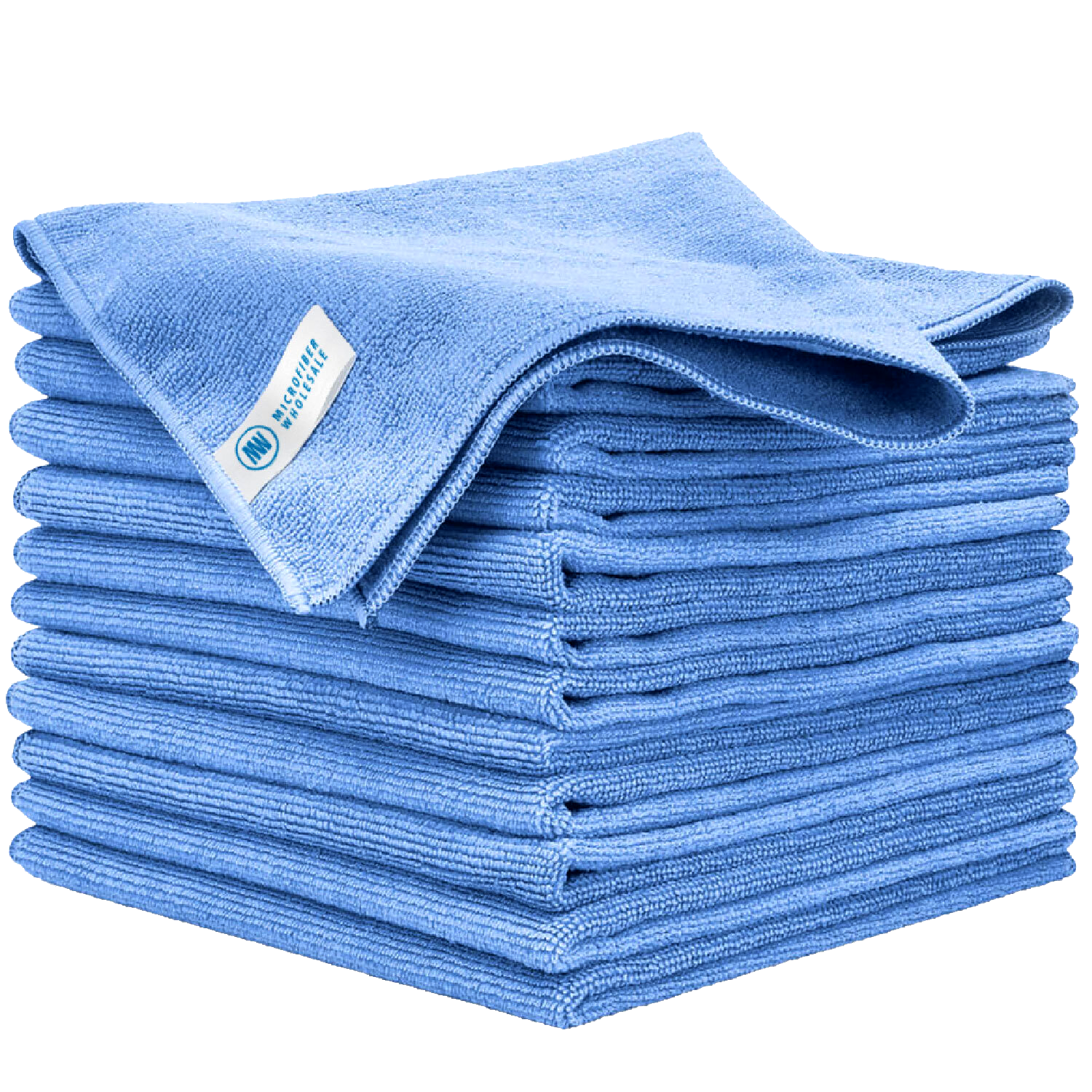Using microfiber can help reduce the spread of germs in your home this cold and flu season! You already know how great microfiber is at removing dirt and tiny dust particles from your floors and counters, but keep reading and see just how much more it can do.

16”x16” MW Pro Multi-Surface Microfiber Towel - Pack of 12
12 PackThe MW Pro Multi-Surface 16x16 Microfiber Towels are a game-changer. These towels are more durable, more absorbent, and heavier than other all-purp...
View full details
















 By continuing with your order, you acknowledge and agree to the following:
By continuing with your order, you acknowledge and agree to the following: